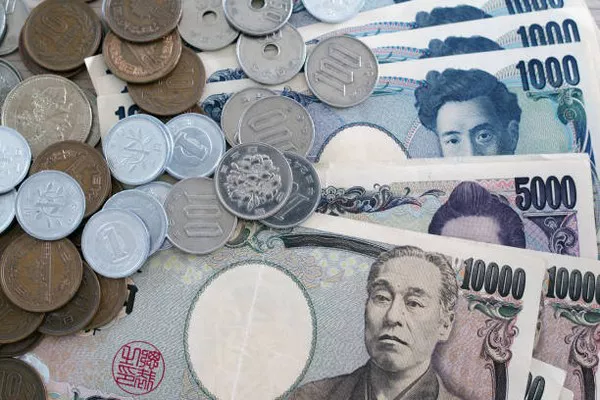Why is the Japanese yen (JPY) experiencing a significant decline? This question has been on the minds of investors, economists, and policymakers alike as the yen has weakened against major currencies in recent times. Several factors are contributing to this downward trend, ranging from domestic economic policies to global market dynamics. In this article, we delve into the multifaceted reasons behind the depreciation of the Japanese yen, shedding light on both internal and external influences shaping its value.
Economic Policies and Monetary Stimulus:
What role do economic policies play in the depreciation of the Japanese yen? One significant factor contributing to the decline of the yen is the monetary policy stance adopted by the Bank of Japan (BOJ). In response to persistent deflationary pressures and sluggish economic growth, the BOJ has implemented aggressive monetary stimulus measures, including quantitative easing and negative interest rates. While these policies aim to stimulate economic activity and boost inflation, they have also exerted downward pressure on the yen’s value. By flooding the market with liquidity and lowering borrowing costs, the BOJ’s actions have diminished the appeal of holding yen-denominated assets, leading to a depreciation of the currency.
Trade Imbalances and External Demand:
How are trade imbalances influencing the depreciation of the Japanese yen? Japan, renowned for its strong export-oriented economy, relies heavily on external demand to drive growth. However, in recent years, the country has experienced a widening trade deficit, as exports have been outpaced by imports. This imbalance in trade dynamics has weighed on the yen, as it reflects a diminished competitiveness of Japanese goods in global markets. Furthermore, fluctuations in demand for Japanese exports, particularly in key sectors such as automotive and electronics, have contributed to volatility in the currency’s value. As global economic conditions evolve, shifts in trade patterns and export demand continue to exert downward pressure on the yen.
Fiscal Policy and Government Debt:
What role does fiscal policy play in the depreciation of the Japanese yen? Japan’s prolonged struggle with deflation and economic stagnation has prompted successive governments to implement expansionary fiscal policies aimed at stimulating growth and investment. However, these policies have come at a cost, leading to a substantial increase in government debt levels. With Japan’s debt-to-GDP ratio among the highest in the world, concerns over fiscal sustainability have dampened investor confidence in the yen. The prospect of persistent fiscal deficits and the need for further debt issuance have undermined the currency’s attractiveness, contributing to its depreciation against other major currencies.
Global Economic Trends and Risk Sentiment:
How do global economic trends and risk sentiment impact the depreciation of the Japanese yen? The yen, often viewed as a safe-haven currency, tends to appreciate during periods of heightened uncertainty and risk aversion. Conversely, when global economic conditions improve and risk appetite increases, investors may seek higher-yielding assets, leading to a depreciation of the yen. Recent shifts in global economic trends, including the recovery from the COVID-19 pandemic and changes in monetary policy outlooks among major central banks, have influenced investor sentiment and risk preferences. As a result, the yen has experienced fluctuations in response to evolving market dynamics and shifts in risk sentiment.
Interest Rate Differentials and Carry Trades:
How do interest rate differentials and carry trades impact the depreciation of the Japanese yen? Japan’s prolonged period of ultra-low interest rates, combined with monetary easing measures, has resulted in a significant interest rate differential between the yen and other major currencies. This interest rate advantage has incentivized investors to borrow in yen at low rates and invest in higher-yielding assets elsewhere, a strategy known as carry trades. As a result, the demand for yen has diminished, putting downward pressure on its value. Furthermore, fluctuations in interest rate expectations and monetary policy divergence among central banks can exacerbate volatility in carry trades and contribute to fluctuations in the yen’s exchange rate.
Conclusion:
In conclusion, the depreciation of the Japanese yen is influenced by a complex interplay of domestic economic policies, global market dynamics, and external factors. From monetary stimulus measures and trade imbalances to fiscal policy and global economic trends, a multitude of factors shape the value of the yen against other currencies. Understanding these dynamics is essential for investors, policymakers, and businesses seeking to navigate the evolving landscape of the foreign exchange market. As the yen continues to react to shifting economic conditions and market sentiment, monitoring these factors will be crucial for anticipating future trends in the currency’s value.


